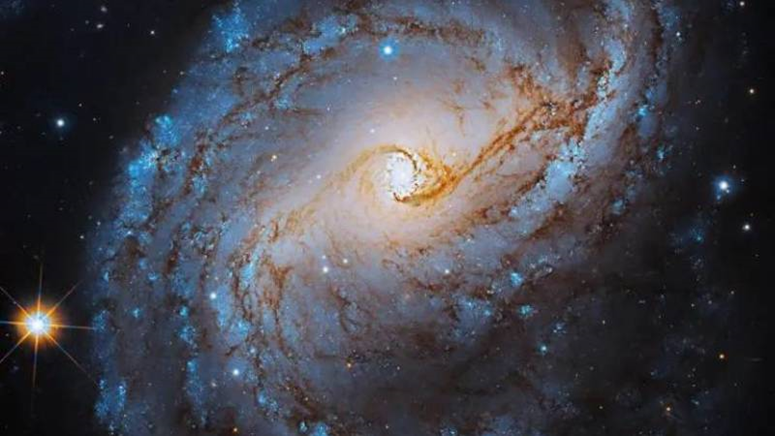Galaxy "NGC 6951",

NASA's Hubble Space Telescope captured a new detailed image of the galaxy NGC 6951, a galaxy in the Cepheus constellation 78 million light-years from Earth that includes galaxies with blue arms containing stars that are a billion years old.
This galaxy is famous for its history of star formation, and for its supernova events (a bright star that reached the end of its life and exploded in what is known as a “supernova,” which illuminates an entire galaxy and releases energy equivalent to the energy that the Sun emits during its entire lifespan), and provides astronomers with valuable insights into The beginning of the universe and the formation of stars.

The galaxy's bright blue spiral arms wrap around the bright white center of this starry galaxy. This new NASA Hubble Space Telescope image shows NGC 6951, a medium-sized spiral galaxy.
The French astronomer Jerome Coggia and the American Louis Swift discovered the galaxy between 1877 and 1878.
The galaxy recorded its highest rates of star formation about 800 million years ago, then remained quiet for 300 million years before it started giving birth to stars again. The average age of a star cluster is between 200 and 300 million years, and some of them are up to a billion years old.
Source: websites

